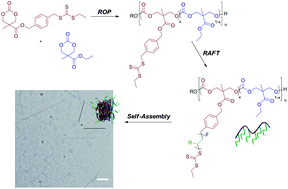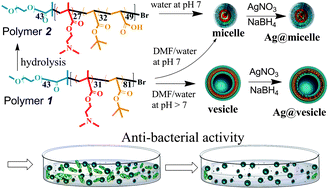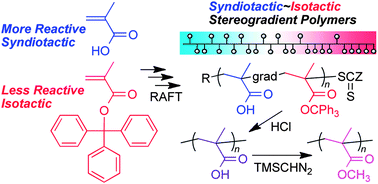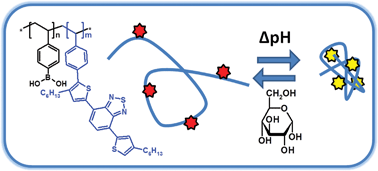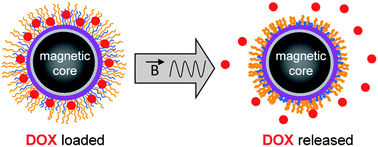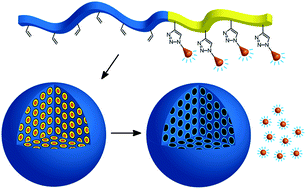To keep up-to-date with all the latest research, sign up for the journal’s e-alerts or RSS feeds or follow Polymer Chemistryon Twitter or Facebook.
Author Archive
Paper of the week: Nanoassemblies of surfactant-like peptide-amphiphiles
Paper of the week: Carbon nanotube-incorporated polymer hydrogels
To keep up-to-date with all the latest research, sign up for the journal’s e-alerts or RSS feeds or follow Polymer Chemistryon Twitter or Facebook.
Paper of the week: Degradable copolymers by ring-opening and reverse addition–fragmentation chain transfer polymerization
To keep up-to-date with all the latest research, sign up for the journal’s e-alerts or RSS feeds or follow Polymer Chemistry on Twitter or Facebook.
Paper of the week: water-dispersible silver-decorated polymer vesicles and micelles with antibacterial efficacy
To keep up-to-date with all the latest research, sign up for the journal’s e-alerts or RSS feeds or follow Polymer Chemistryon Twitter or Facebook.
Paper of the Week: Design of a platform for the preparation of libraries of functional polymer brushes
Synthesis and post-polymerization modification of poly(pentafluorophenyl methacrylate) brushes by Kemal Arda Günay, Nicolas Schüwer and Harm-Anton Klok Polym. Chem. 2012, 3, 2186-2192.
To keep up-to-date with all the latest research, sign up for the journal’s e-alerts or RSS feeds or follow Polymer Chemistryon Twitter or Facebook.
Paper of the Week: Synthesis and charge-transporting properties of electron-deficient CN2–fluorene based D–A copolymers
Synthesis and charge-transporting properties of electron-deficient CN2–fluorene based D–A copolymers by Jianhua Huang, Yan Zhao, Xunlei Ding, Hui Jia, Bo Jiang, Zhiguo Zhang, Chuanlang Zhan, Shenggui He, Qibing Pei, Yongfang Li, Yunqi Liu and Jiannian Yao Polym. Chem. 2012, 3, 2170-2177.
To keep up-to-date with all the latest research, sign up for the journal’s e-alerts or RSS feeds or follow Polymer Chemistryon Twitter or Facebook.
Paper of the Week: From-syndiotactic-to-isotactic stereogradient polymers
To keep up-to-date with all the latest research, sign up for the journal’s e-alerts or RSS feeds or follow Polymer Chemistryon Twitter or Facebook.
Paper of the Week: One pot synthesis of sugar sensors
To keep up-to-date with all the latest research, sign up for the journal’s e-alerts or RSS feeds or follow Polymer Chemistryon Twitter or Facebook.
Paper of the Week: Remotely triggered drug release from magnetic nanoparticles
To keep up-to-date with all the latest research, sign up for the journal’s e-alerts or RSS feeds or follow Polymer Chemistryon Twitter or Facebook.
Paper of the Week: Functional block copolymer nanoparticles
To keep up-to-date with all the latest research, sign up for the journal’s e-alerts or RSS feeds or follow Polymer Chemistry on Twitter or Facebook.













